5 Min Audiobook Review: "The Holographic Universe, The Revolutionary Theory of Reality"
Talbot introduces the holographic model of reality, which suggests that the universe operates like a hologram. In a hologram, every fragment contains a complete image of the whole.
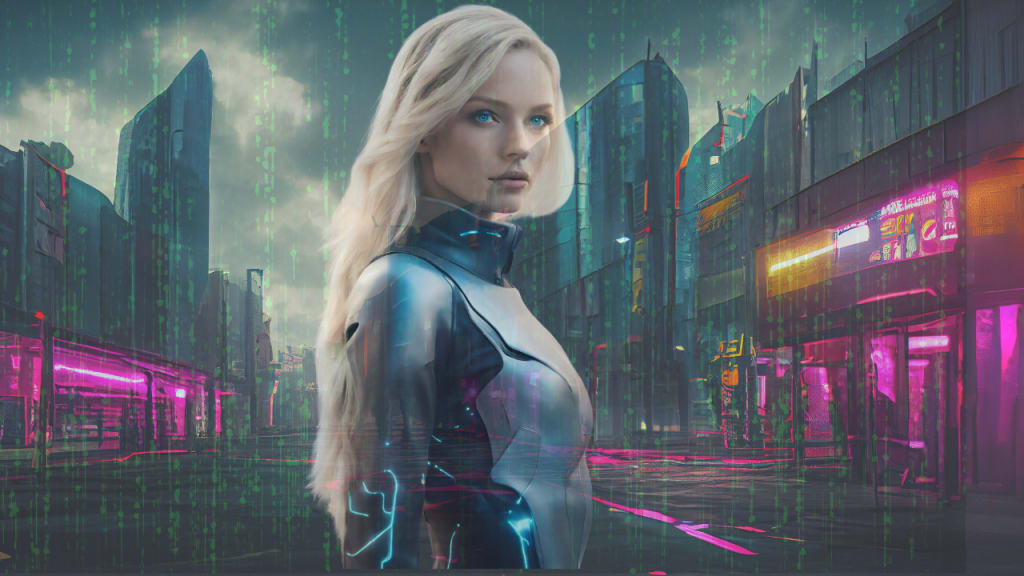
Introduction
Michael Talbot's "The Holographic Universe: The Revolutionary Theory of Reality" explores the intriguing idea that reality may be akin to a hologram, with every part containing the whole. Originally published in 1991, this groundbreaking book challenges conventional notions of space, time, and consciousness. Talbot draws on various scientific disciplines, including physics, neurology, and psychology, to present a comprehensive argument for the holographic model of reality. Through engaging narratives and accessible explanations, he takes readers on a thought-provoking journey into the nature of existence itself.
Chapter 1: A Remarkable New View of Reality
Talbot introduces the holographic model of reality, which suggests that the universe operates like a hologram. In a hologram, every fragment contains a complete image of the whole. Similarly, proponents of this theory argue that each part of the universe contains information about the entirety of existence. Talbot discusses how this perspective challenges traditional scientific paradigms and offers a new framework for understanding the nature of reality.
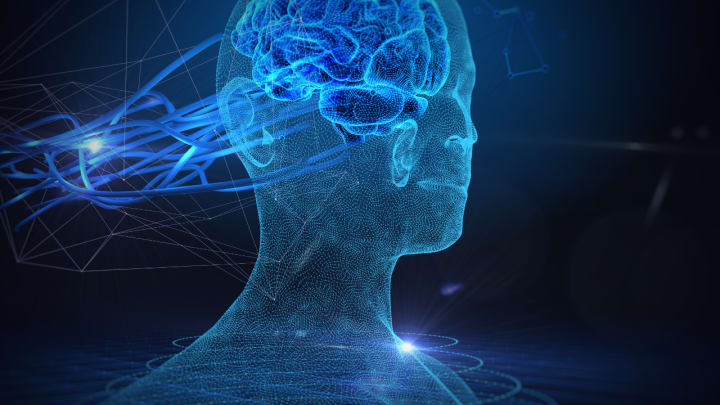
Chapter 2: The Holographic Paradigm
This chapter delves deeper into the holographic paradigm, examining its implications for various fields such as physics, psychology, and spirituality. Talbot explores how the holographic model provides insights into phenomena such as quantum mechanics, consciousness, and paranormal experiences. By weaving together scientific research and philosophical inquiry, he illustrates the interconnectedness of seemingly disparate aspects of existence within the holographic framework.
Chapter 3: Space and Time
Talbot discusses how the holographic model challenges conventional notions of space and time. In a hologram, space and time are not fundamental but rather emergent properties arising from the underlying structure of reality. He explores concepts such as non-locality, where objects can be interconnected across vast distances instantaneously, and timelessness, where past, present, and future coexist simultaneously. Through thought experiments and scientific evidence, Talbot invites readers to reconsider their understanding of the fabric of the universe.
Chapter 4: Beyond the Brain
In this chapter, Talbot examines the role of the brain in shaping our perception of reality. He explores research on neuroplasticity, which suggests that the brain is highly adaptable and can reorganize itself in response to experience. Talbot argues that the brain acts as a filter, constraining our awareness to a limited subset of reality. Drawing parallels between the brain and a holographic processor, he suggests that consciousness may transcend the physical confines of the brain, offering a glimpse into the interconnected nature of reality.
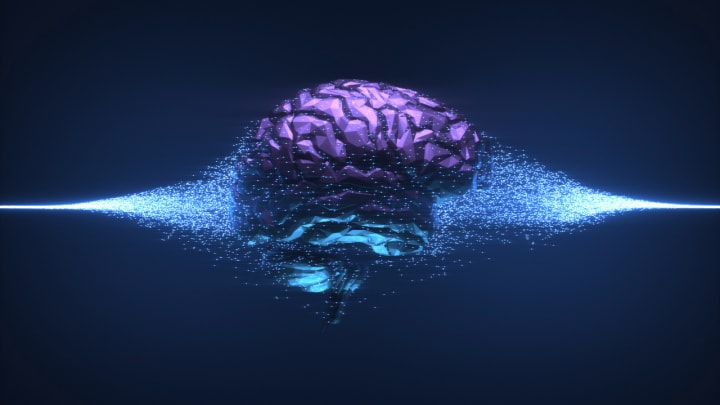
Chapter 5: The Holographic Universe and Parapsychology
Talbot explores the relationship between the holographic model and parapsychological phenomena such as telepathy, precognition, and psychokinesis. He discusses research findings that challenge conventional scientific explanations and suggests that these phenomena may be better understood within the context of a holographic reality. Talbot encourages readers to adopt a more open-minded approach to exploring the mysteries of consciousness and its potential connection to the fabric of the universe.
Chapter 6: Science and the Paranormal
In this chapter, Talbot investigates the intersection of science and the paranormal, challenging the notion that these realms are mutually exclusive. He examines how scientific inquiry into paranormal phenomena has been met with skepticism and resistance within the scientific community. Talbot argues that by embracing the holographic model of reality, scientists can expand their understanding of the universe and potentially uncover new avenues for exploration in fields such as parapsychology and consciousness studies.
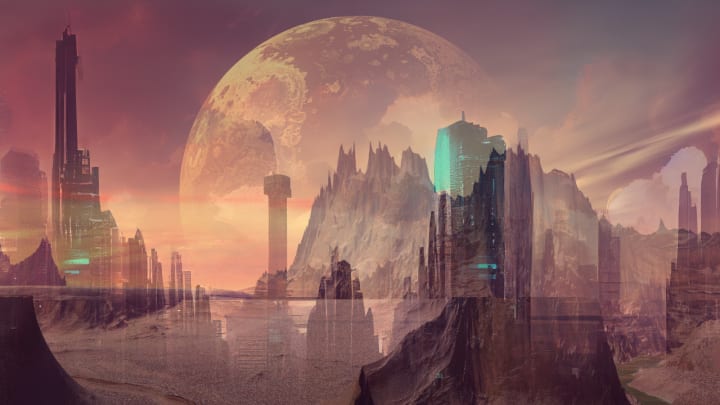
Chapter 7: The Implicate Order and the Holographic Paradigm
Talbot explores the concept of the implicate order, introduced by physicist David Bohm, and its relationship to the holographic paradigm. The implicate order suggests that reality is enfolded in a deeper, interconnected realm that transcends our ordinary perception of space and time. Talbot discusses how the implicate order provides a theoretical foundation for the holographic model and offers insights into the underlying unity of all existence.
Chapter 8: Synchronicity and the Holographic Universe
Talbot examines the phenomenon of synchronicity, which involves meaningful coincidences that defy conventional explanations. Drawing on the work of psychologist Carl Jung, he explores how synchronicity may be understood within the context of the holographic model. Talbot suggests that synchronistic events may reflect the underlying interconnectedness of reality, where meaningful patterns emerge across seemingly unrelated phenomena.
Chapter 9: Mind and Body
In this chapter, Talbot explores the relationship between mind and body within the holographic framework. He discusses research on the mind-body connection, suggesting that consciousness plays a fundamental role in shaping our physical experience of reality. Talbot examines how practices such as meditation and visualization can influence physical health and well-being, highlighting the potential for harnessing the power of consciousness to transform our lives.
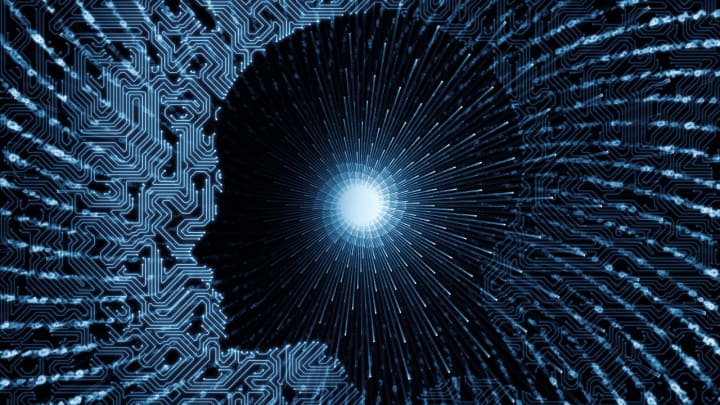
Chapter 10: Unfolding the Holographic Model
Talbot concludes by reflecting on the implications of the holographic model for humanity's understanding of itself and the universe. He suggests that embracing this paradigm shift can lead to profound insights into the nature of consciousness, reality, and existence. Talbot encourages readers to explore the implications of the holographic model in their own lives and to remain open to the possibility of a deeper, interconnected reality beyond the limits of conventional perception.
In "The Holographic Universe," Michael Talbot presents a compelling case for reconsidering our understanding of reality. Through a synthesis of scientific research, philosophical inquiry, and personal anecdotes, he challenges readers to expand their perspective and embrace the idea that the universe may be far more mysterious and interconnected than previously imagined. Talbot's work invites us to explore the profound implications of the holographic model for our understanding of consciousness, existence, and the nature of reality itself.

*Affiliate Disclosure* this article contains affiliate links, meaning that we receive a small commission at no added cost to you as part of our partnership with Audiobooks when you sign up for a free trial to obtain this book.
*This summary contains AI-Generated Content*
About the Creator
T.J.
I create concise 5-minute reviews on trending audiobooks distilling key insights to empower informed choices.
I save my audience time and effort. A journey of continuous learning through the transformative power of Audiobooks.






Comments (1)
Excellent review!